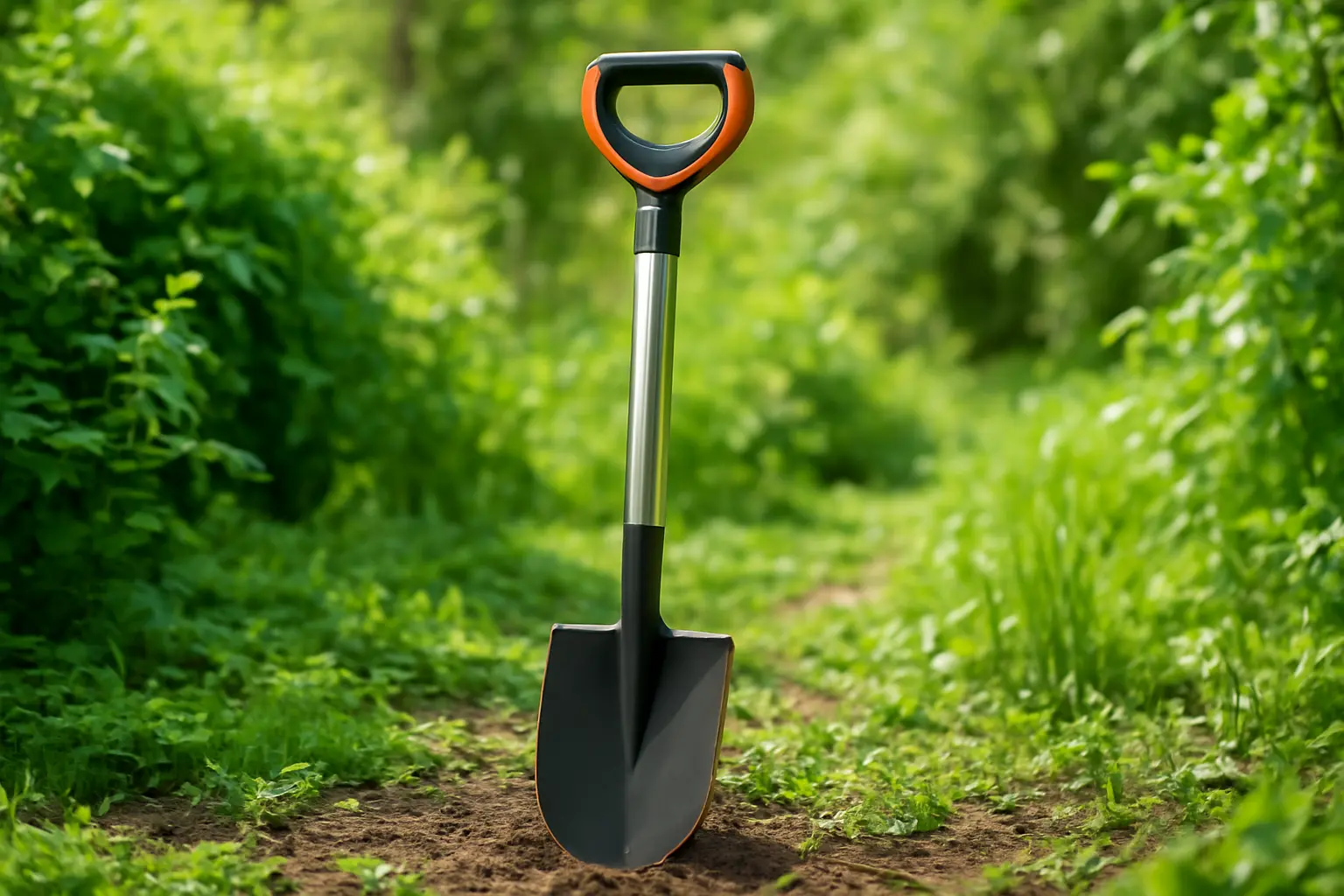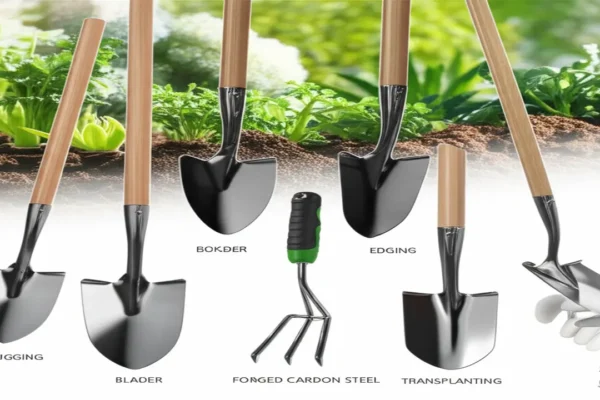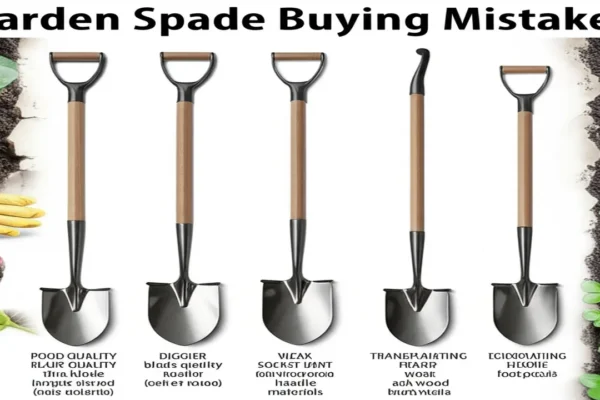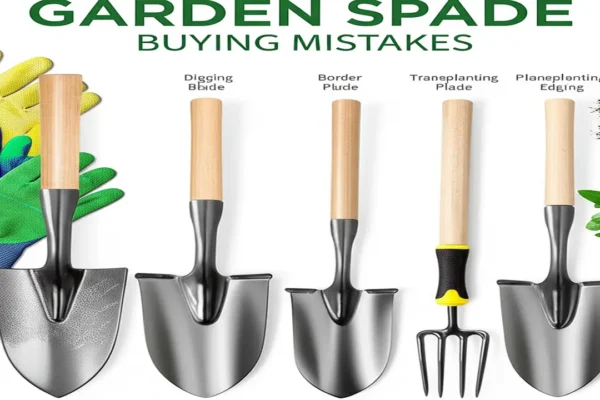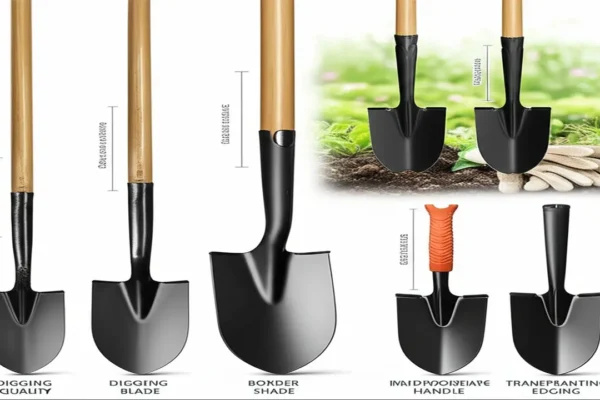In 2025, ergonomic garden spades have become essential tools for those who value efficiency and comfort in gardening. Designed to reduce muscle strain and encourage proper posture, these spades help transform tough digging tasks into manageable activities. Understanding their features is crucial when shopping for one, whether you’re a casual gardener or a professional landscaper. This guide focuses on what makes ergonomic garden spades stand out, offering practical advice and trusted recommendations to help you choose the right tool that ensures ease and durability in your gardening routine.
1. What Are Ergonomic Garden Spades?
Ergonomic garden spades are specially designed tools that prioritize user comfort and efficiency by minimizing physical strain during digging or planting tasks. Their design focuses on supporting a natural hand position, often featuring contoured handles, non-slip grips, and adjusted blade angles. This ergonomic approach helps reduce fatigue, the risk of repetitive strain injuries, and promotes better posture for gardeners, which is crucial during extended periods of use. For example, gardeners suffering from wrist discomfort can benefit greatly from ergonomic spades that align with the wrist’s natural movement, allowing them to work longer with less pain. Moreover, these spades improve precision and leverage, making soil management easier and more effective. Incorporating ergonomic garden spades into your tool collection means investing in your body’s long-term health while enhancing gardening productivity and enjoyment.
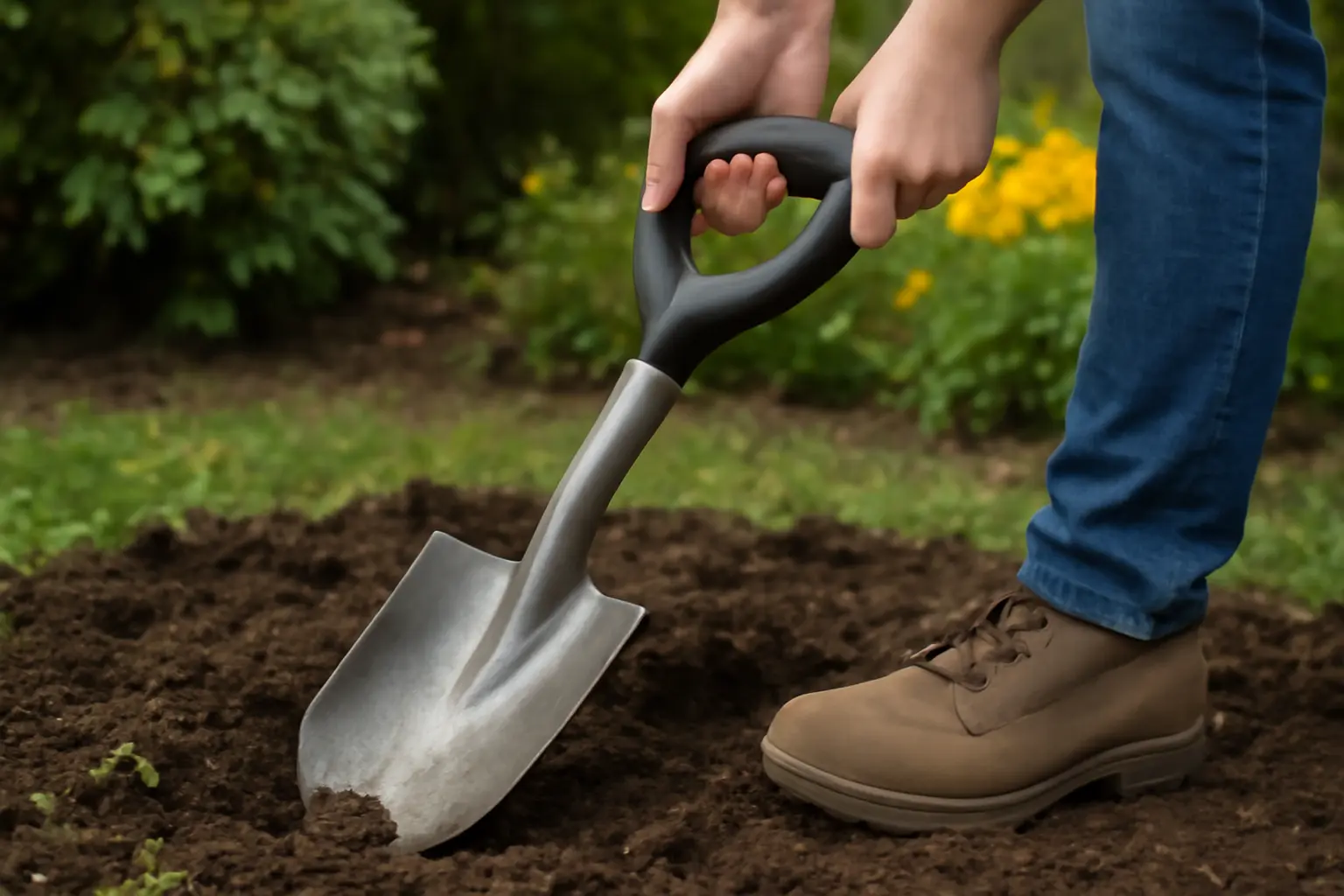
2. Key Features of Ergonomic Garden Spades
Ergonomic garden spades stand out in the market due to a combination of thoughtfully designed features aimed at improving comfort and efficiency during gardening tasks. The specially shaped handles adapt to the natural grip and wrist position, significantly reducing fatigue compared to traditional straight handles. Optimal shaft length and angle are engineered to promote a better posture, minimizing back and arm strain by allowing users to work without bending excessively or overreaching.
Lightweight materials such as reinforced aluminum or composite blends ensure the tool can be used for extended periods without causing undue arm stress. Additionally, non-slip grips enhance control, especially when hands are sweaty or wet, reducing the risk of accidental slips that can lead to injury.
Each feature is designed not just for convenience, but with a clear focus on preserving joint health and maximizing power transfer. For example, a gardener using an ergonomic spade can dig deeper with less effort, thanks to the correct leverage and grip design. This makes ergonomic garden spades a smart investment in durability and user wellbeing for both hobbyists and professional landscapers in 2025.
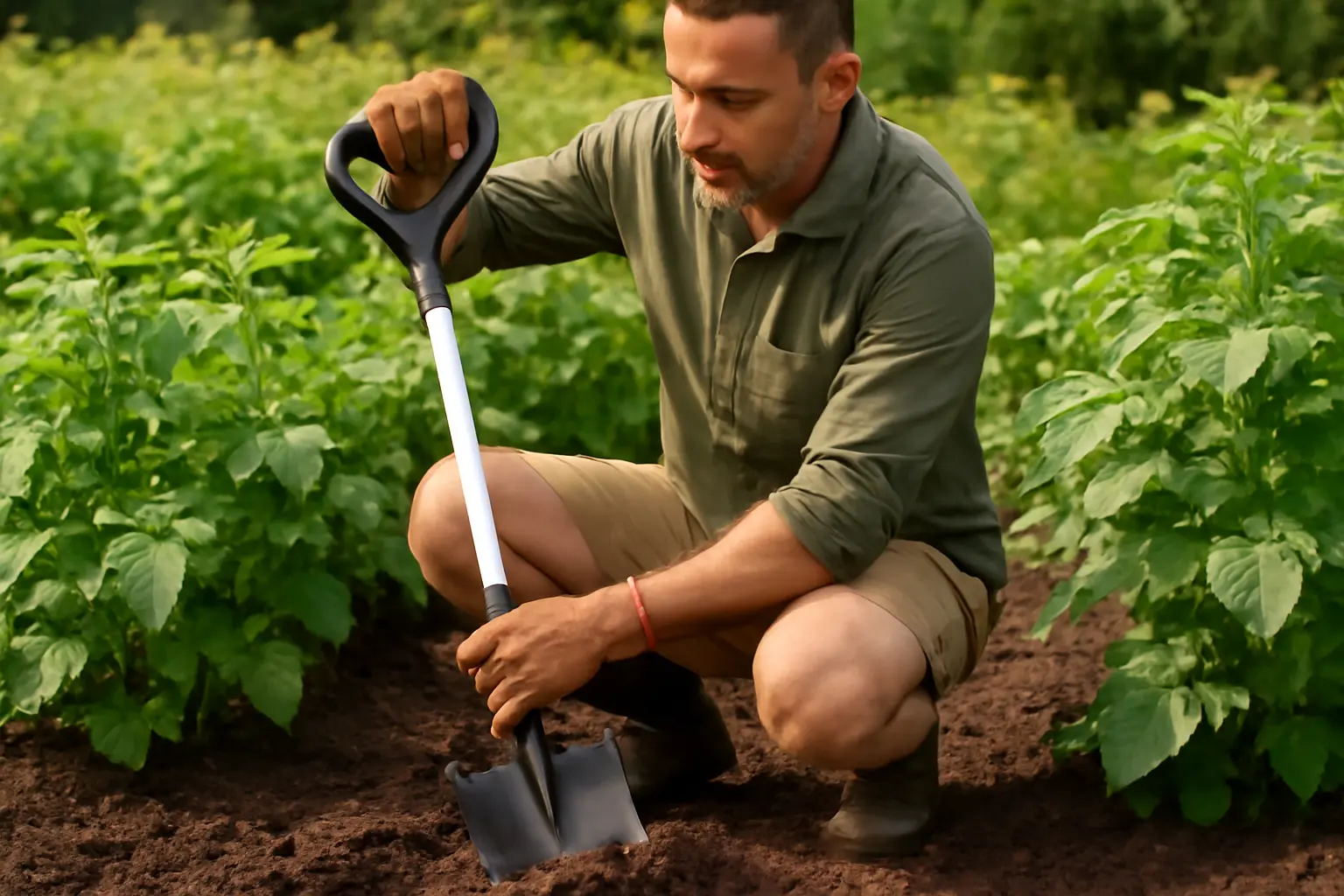
3. Benefits of Using Ergonomic Garden Spades
Using ergonomic garden spades in 2025 offers a range of tangible benefits that enhance both health and gardening efficiency. Unlike traditional spades, these tools are designed to reduce the strain on your back by promoting a more natural posture, significantly lowering the risk of back pain after extended use. Gardeners frequently report less muscle fatigue thanks to ergonomic handles and balanced weight distribution, which allows longer gardening sessions without discomfort.
Moreover, improved endurance during repetitive digging or planting tasks is a direct advantage of using ergonomic garden spades. They minimize joint stress and encourage correct wrist alignment, critical for preventing repetitive strain injuries. For example, a gardener working with hardened soil can sustain physical effort longer, completing tasks more efficiently and with less risk of injury.
The positive impact extends beyond mere comfort; it also improves overall productivity and satisfaction, turning gardening from a chore into a pleasant, sustainable activity. Utilizing these tools aligns well with the growing emphasis on wellness and injury prevention in outdoor activities. In sum, ergonomic garden spades not only protect your body but also enhance the garden care process, making them an invaluable addition to any gardener’s toolkit.
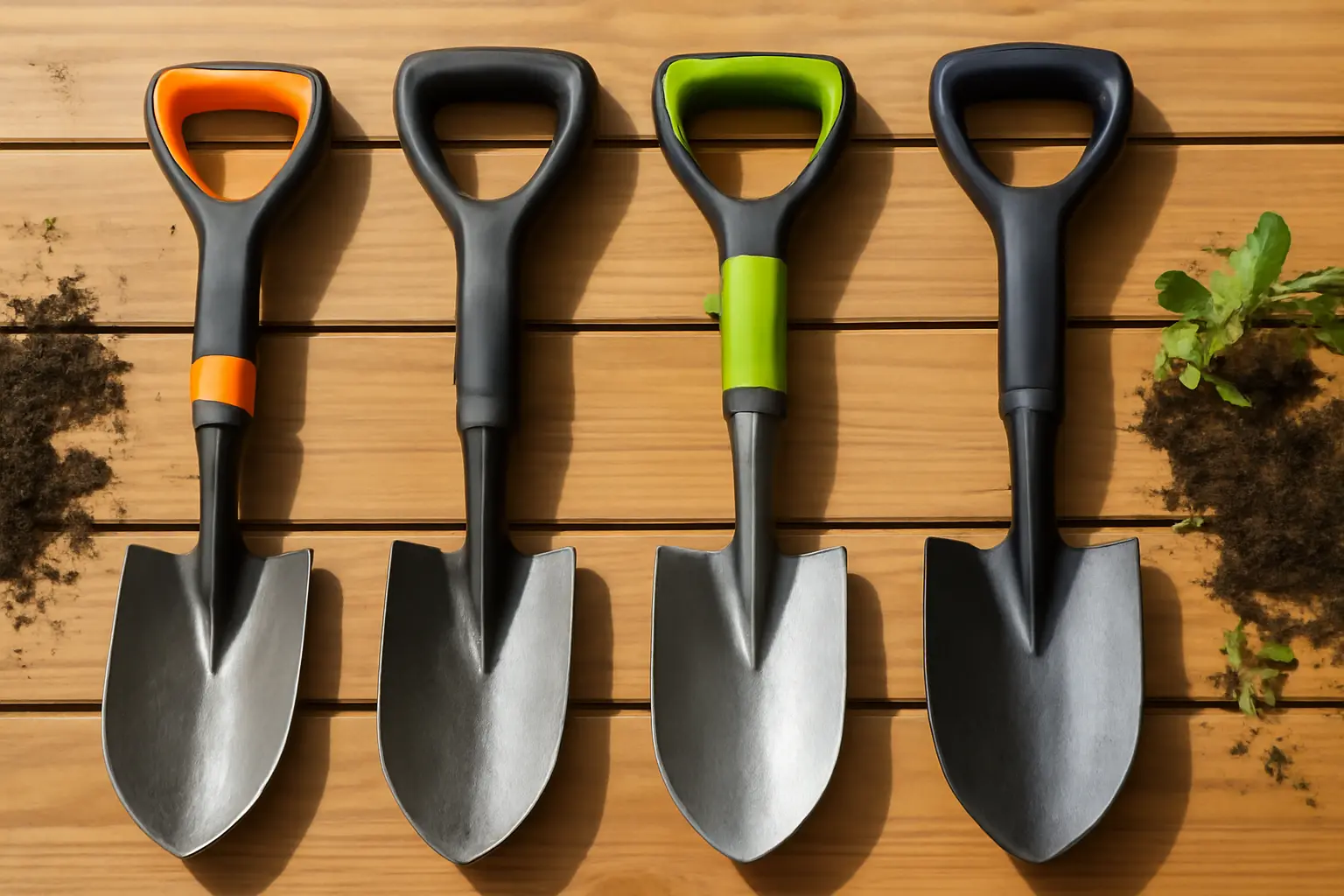
4. Top Recommended Ergonomic Garden Spades
Choosing the right ergonomic garden spade in 2025 means balancing comfort, durability, and suitability for your specific gardening tasks. Ergonomic garden spades reduce strain on the back and wrists, providing an efficient digging experience especially for those with previous injuries or height considerations. Brands like Fiskars, Greenman, and Truper lead the market with innovative features tailored for diverse users.
– Fiskars ergonomic garden spades come with curved handles designed to minimize wrist torque and lightweight steel heads for easier soil penetration. Ideal for users seeking reduced fatigue during extended gardening sessions.
– Greenman spades incorporate adjustable handle lengths suited for gardeners of varying heights, plus cushioned grips to prevent blisters, making them perfect for users with back problems.
– Truper offers budget-friendly ergonomic models featuring reinforced shafts and non-slip grips, encouraging safe, comfortable performance without sacrificing quality.
Comparison Table (2025 models):
| Brand | Handle Design | Material | User Suitability | Price Range |
|———-|—————————-|—————–|——————————-|——————-|
| Fiskars | Curved, lightweight grip | High-carbon steel| Users with wrist issues | $40 – $60 |
| Greenman | Adjustable length, cushioned| Stainless steel | Taller or back-sensitive users | $55 – $75 |
| Truper | Standard with non-slip grip | Forged steel | Budget-conscious gardeners | $25 – $45 |
Assess your gardening needs and physical considerations to select an ergonomic garden spade that maximizes productivity while minimizing discomfort. These top picks in 2025 combine engineering excellence and user-focused design to make your gardening both effective and enjoyable.
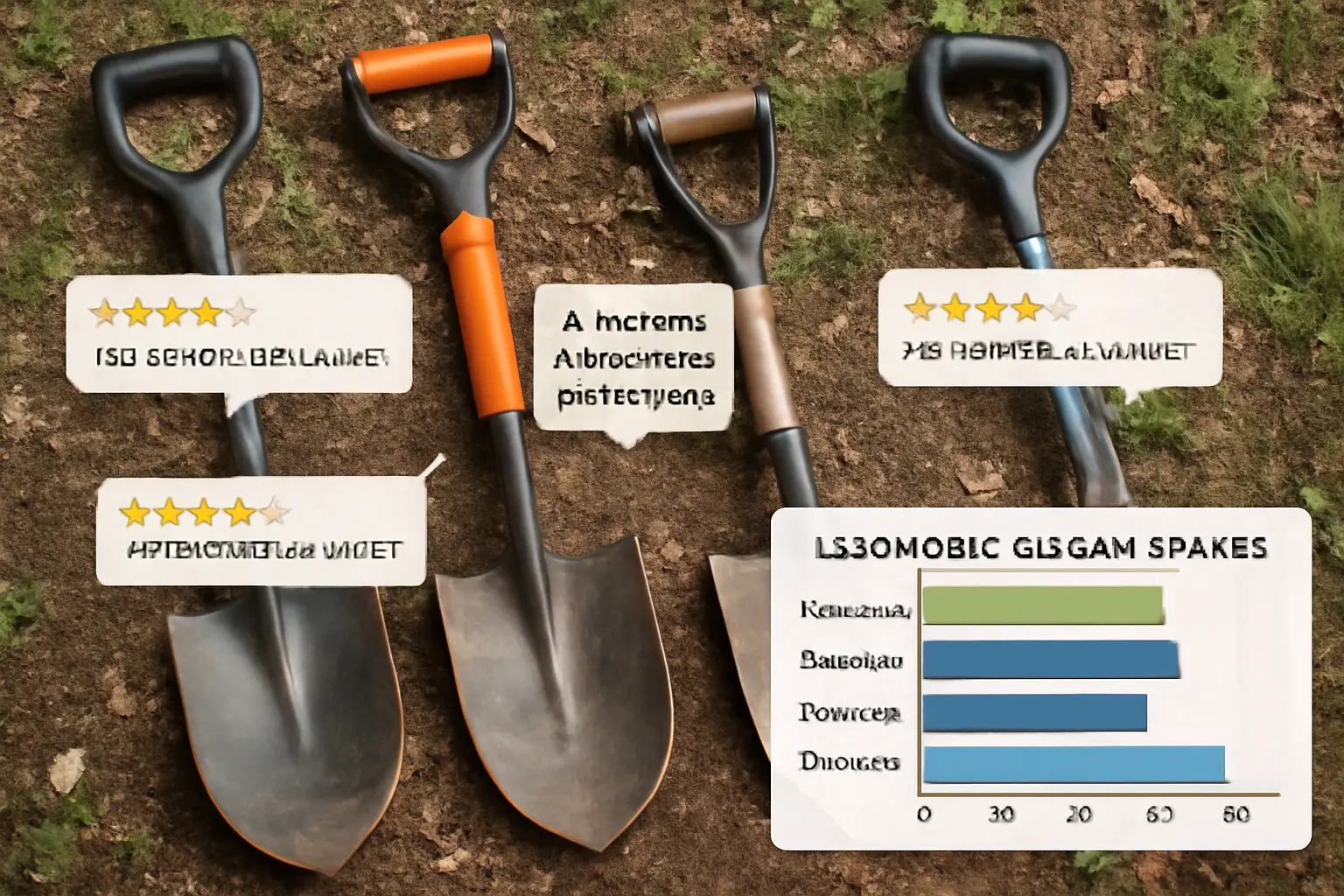
5. User Reviews and Performance Comparisons
When evaluating ergonomic garden spades versus traditional ones in 2025, user reviews and performance comparisons reveal key insights into their real-world benefits and limitations. Many gardeners highlight superior comfort due to ergonomic handles designed to reduce wrist strain, a critical advantage for those with arthritis or repetitive stress issues. The material quality often translates into durable tools, with some users noting that certain models maintain sharpness and structural integrity longer than classic steel spades.
Experts emphasize that ergonomic garden spades excel in ease of use for extended digging tasks. However, some feedback points out that, depending on build, a few ergonomic models may be heavier than simpler designs, which can affect maneuverability in tight spaces. Side-by-side tests tend to show ergonomic spades outperform traditional ones on comfort and fatigue reduction, though traditional spades sometimes offer slightly better leverage for breaking hard soil.
Key comparison factors include:
– Comfort: Ergonomic grips reduce hand and wrist fatigue noticeably.
– Durability: High-grade steel or reinforced materials extend tool lifespan.
– Effectiveness: Ergonomic designs improve digging efficiency but weight varies.
For gardeners seeking practical benefits, ergonomic garden spades present a compelling option in 2025, balancing user-friendly features with robust performance against traditional models.
6. Buying Guide: How to Choose the Right Ergonomic Garden Spade
When choosing ergonomic garden spades in 2025, prioritize features that reduce strain and boost efficiency. Size and weight matter; opt for a spade that fits your height and strength to avoid fatigue. The handle design should promote a natural grip, often with a padded or contoured surface to support your wrist and hand. Material quality affects durability and ease of use—stainless steel blades resist rust and hold sharp edges longer, while handles in fiberglass or hardwood offer sturdiness without excess weight. Budget is also key; value models exist that balance function and cost, but investing in a reputable brand ensures long-term comfort and reliability.
Consider shopping from specialized gardening stores or trusted online retailers with clear product descriptions and customer reviews. For example, established platforms like Home Depot or gardening-specific e-commerce sites provide detailed specs and ergonomic ratings to help you make an informed choice. Comparing models side by side, reading expert reviews, and checking warranty options can further guide your decision. Always test grip and weight if buying in person to ensure the spade feels right for your gardening needs.
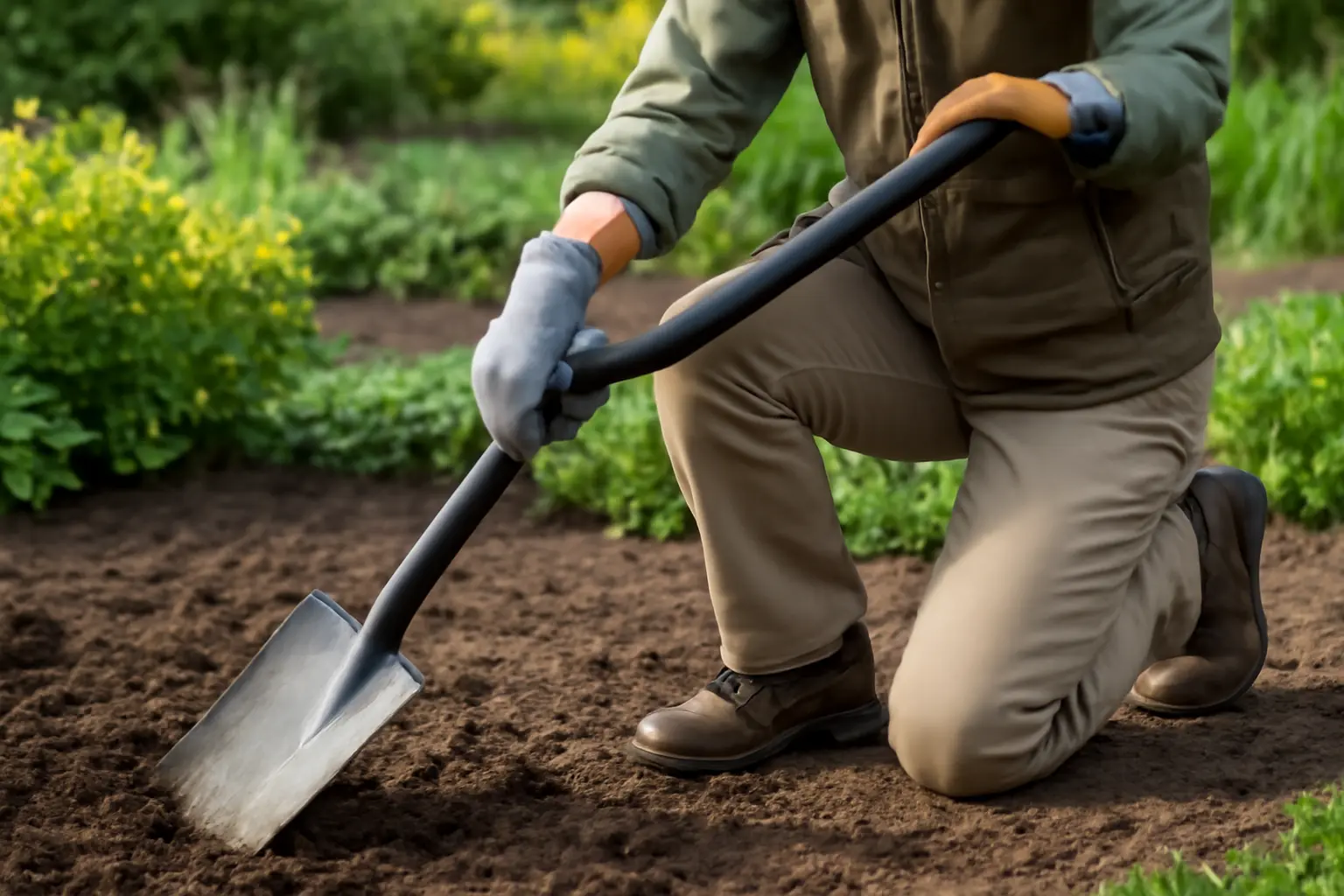
7. Tips for Using Ergonomic Garden Spades Effectively
Using ergonomic garden spades correctly enhances comfort, efficiency, and safety in gardening tasks. To maximize benefits, maintain a straight back and bend your knees when digging, reducing stress on your lower back. Hold the spade with a firm yet relaxed grip using both hands, allowing better control and balance. Avoid twisting your torso excessively; instead, reposition your feet to dig from a stable stance. Incorporate smooth, deliberate digging motions rather than forceful jerks to prevent strain. For example, when planting bulbs, use the spade to create even holes without overexerting yourself. Pay attention to your body’s signals—take regular breaks and stretch to avoid repetitive strain injuries. By adopting mindful gardening habits and proper posture, ergonomic garden spades not only protect your joints but also improve overall garden productivity in 2025 and beyond.
8. Frequently Asked Questions (FAQs) About Ergonomic Garden Spades
Ergonomic garden spades are designed with user comfort and efficiency at the forefront, but gardeners often wonder if these tools truly fit every experience level and task. The suitability of ergonomic garden spades extends broadly; whether a hobbyist or professional landscaper, their unique handle shapes and reduced strain design can benefit varied users. Maintaining such spades is straightforward yet essential to prolong their lifespan: regular cleaning to remove soil, occasional sharpening of the blade, and checking handle integrity ensure peak performance. The difference between ergonomic handles and regular ones lies primarily in their design focus, aimed at minimizing wrist fatigue and improving grip. Ergonomic handles typically feature angled grips or padded materials that support natural hand positions, unlike traditional straight, hard handles. This thoughtful design reduces the risk of repetitive strain injuries, making gardening more enjoyable and less physically taxing. By addressing these frequent concerns, gardeners can make informed decisions to invest confidently in tools that enhance their cultivation work.






